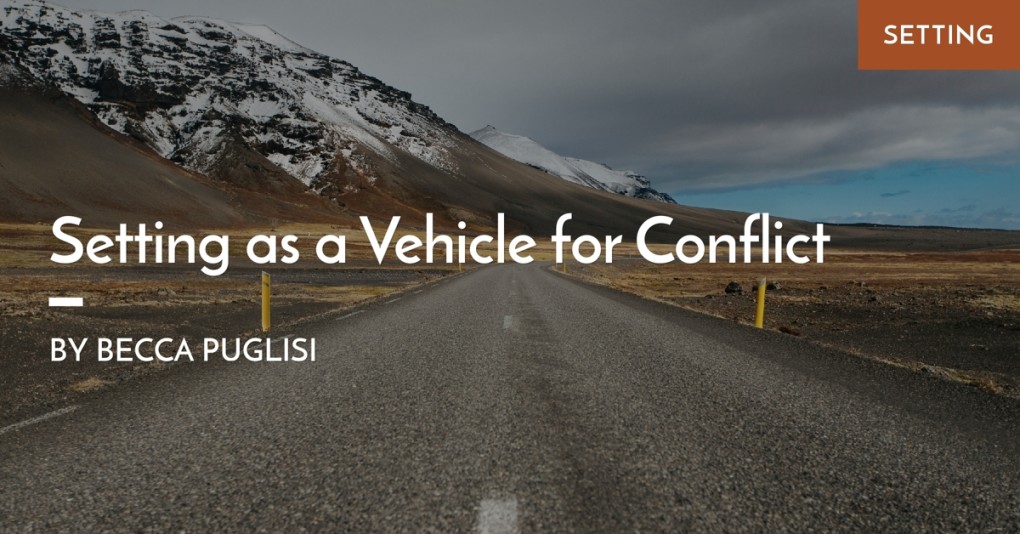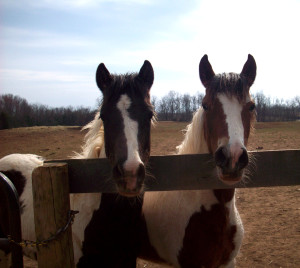by Elizabeth S. Craig, @elizabethscraig
I read a nice post by Nils Ödlund, “Don’t Show, Don’t Tell — How to Leave Room for the Reader’s Imagination ” on the Mythic Scribes blog.
As he says in the post: “…I’d like to explain why the reader’s mind is so strong: it’s because they put something of themselves into it. They use their own experiences, expectations, and associations to create the image, and this make it theirs. It becomes more personal; making it easier to understand and to believe in.”
Twice recently, I’ve been surprised by readers with compliments on my character descriptions.
One woman said, “I could see her perfectly. She was just like my Aunt May.”Continue reading



